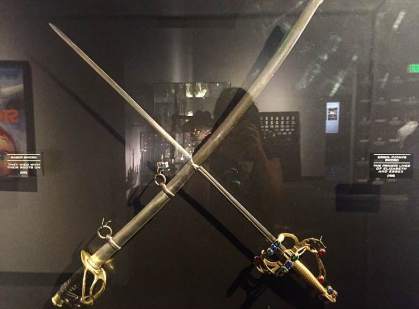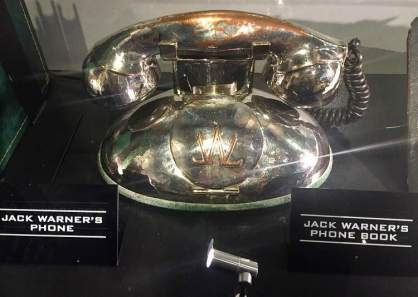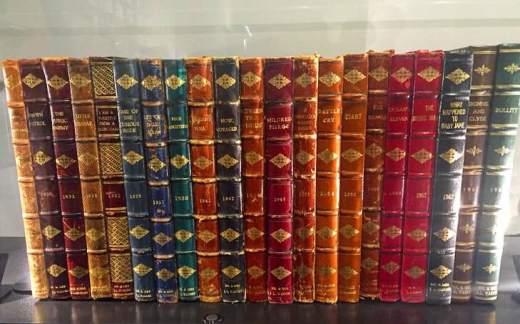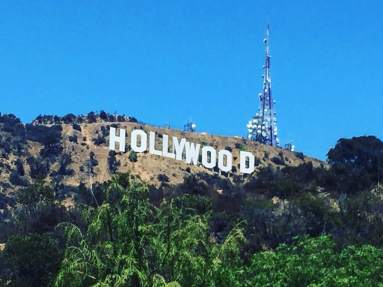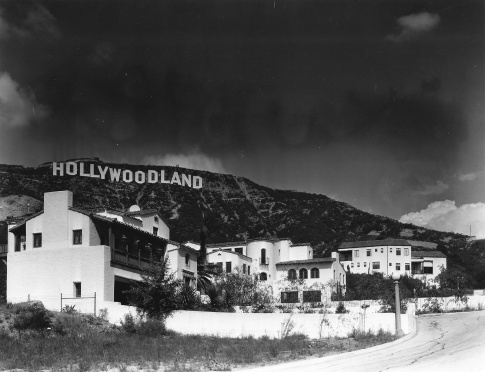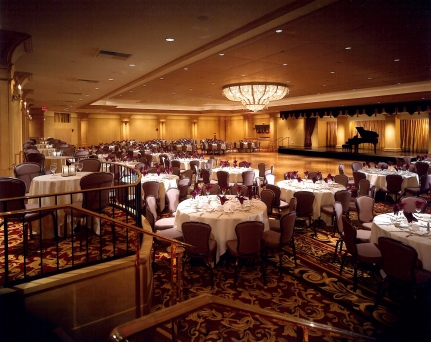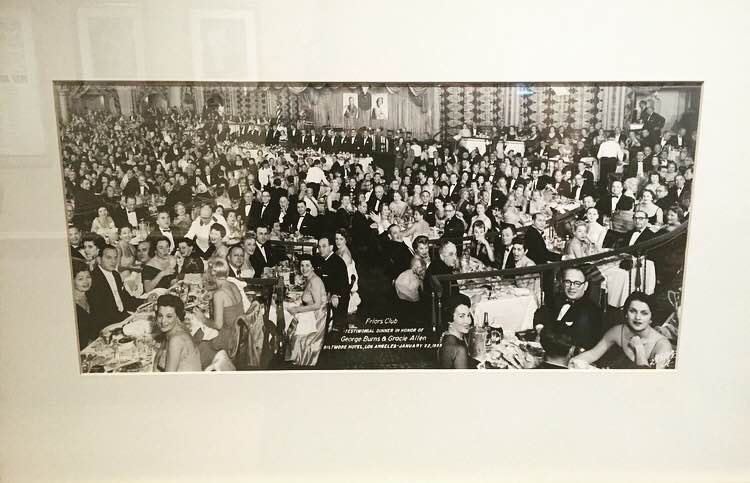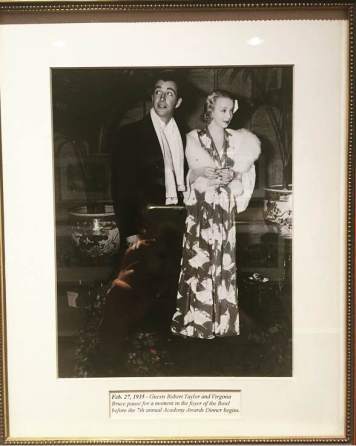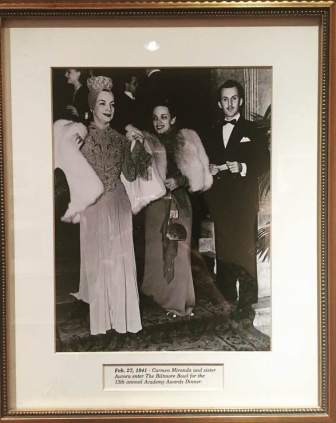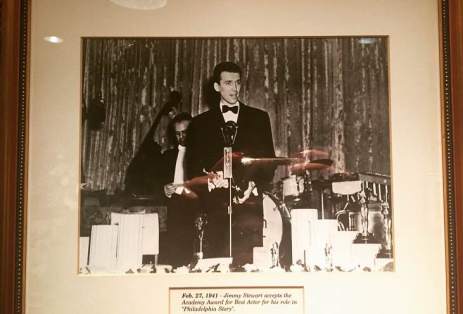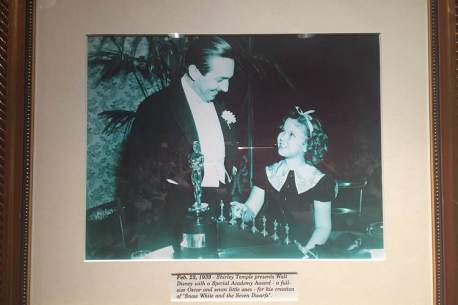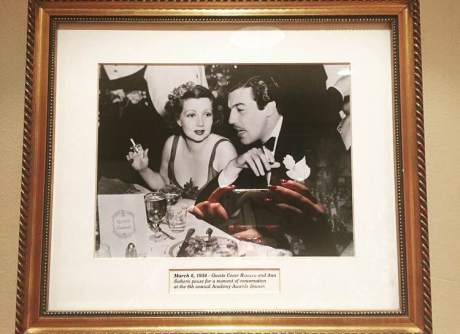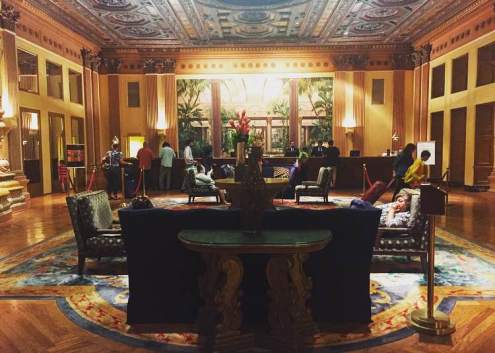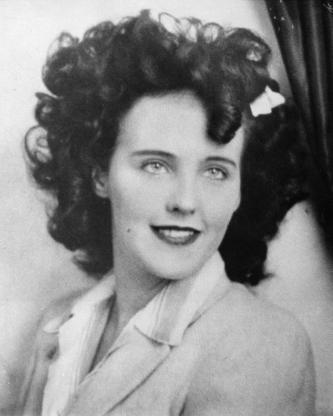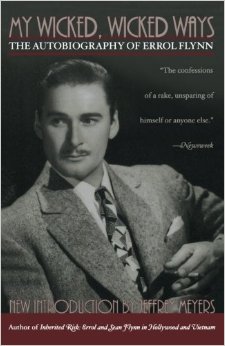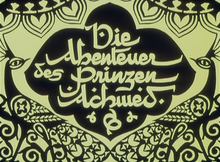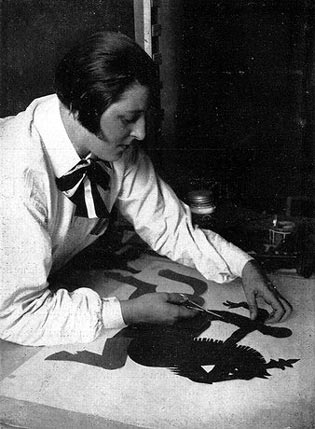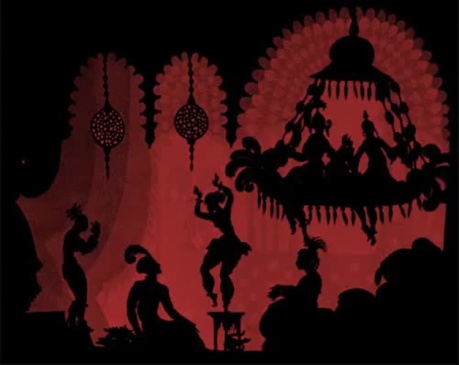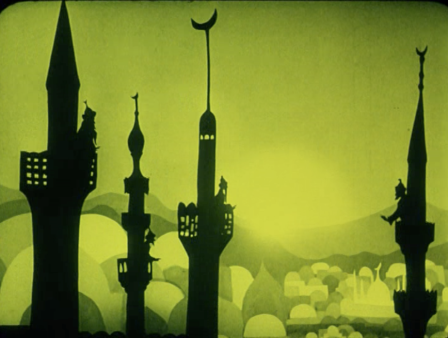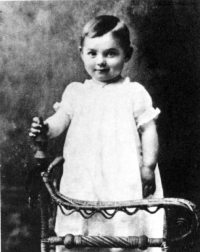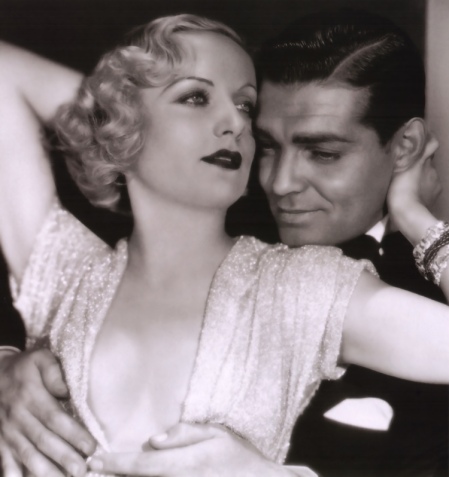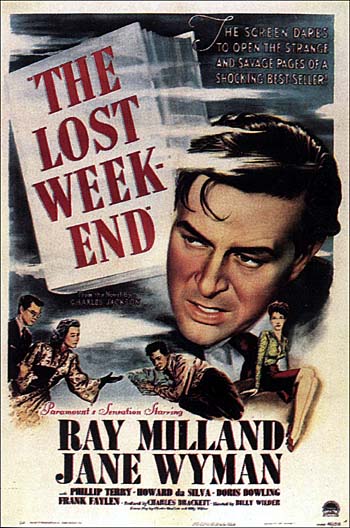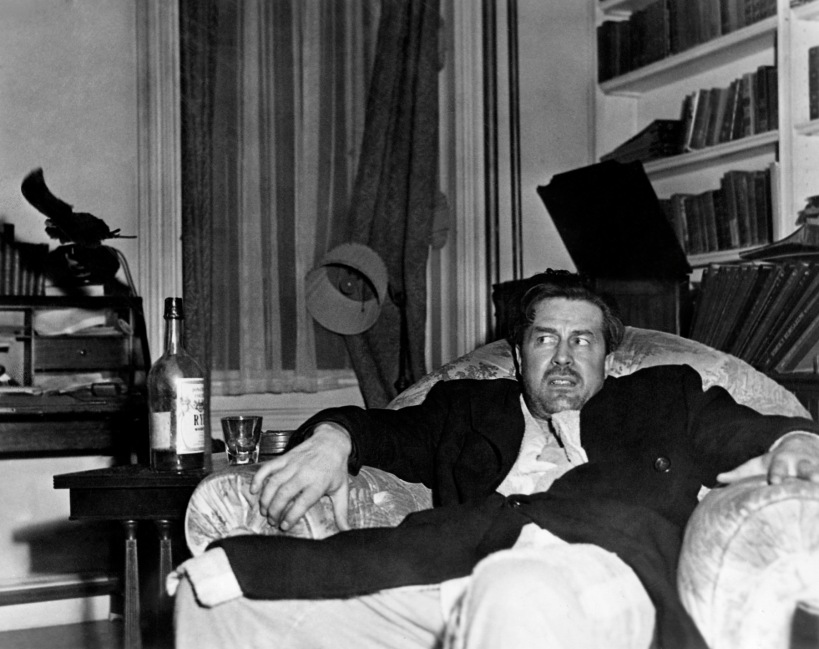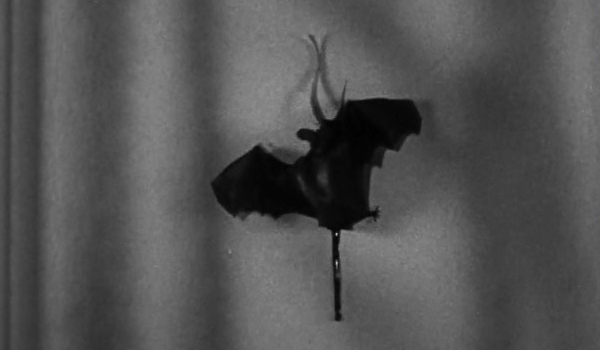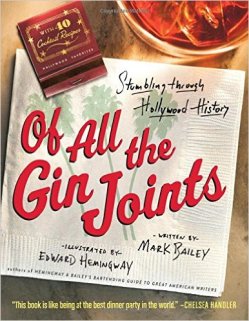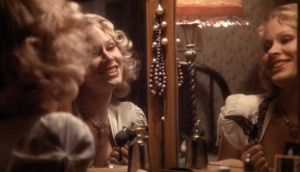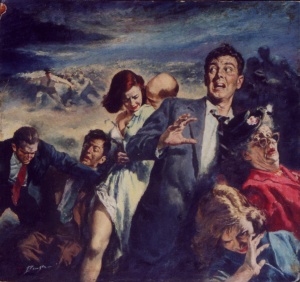On our third day in Hollywood, we trekked out to a dirty cesspool of chaos–Hollywood Boulevard–to revisit a gem, the crown jewel of this otherwise sketchy area–Grauman’s Chinese Theatre.
This is definitely not my first time visiting Grauman’s (now known as TCL Chinese Theatre–I have no idea what TCL is, nor do I care. This theatre will always be Grauman’s to me). However, I still get the shivers when I see it. Probably one of the best-preserved landmarks of Old Hollywood, Grauman’s is an oasis for those who crave history. The significance of the theater, the sheer number of Hollywood heavyweights who have graced its walls, halls, and concrete courtyard…it’s an indescribable sensation that overwhelms me every time I visit. I get choked up whenever I tilt my neck back and look upon that massive red pagoda, and I choke up again when I look down and see that patchwork quilt of Hollywood at my feet.
The Grauman’s Chinese Theatre was founded by master showman Sid Grauman, who was also behind the wildly successful Million Dollar Theatre and the Egyptian Theatre located a short walk down the Boulevard. The Chinese was to be Sid’s “dream” theatre, an ornate mammoth masterpiece amongst movie palaces. Grauman himself owned a one-third interest in the theatre (he was, however, the managing director of the theatre until his death). His other partners were Howard Schenck and the illustrious Hollywood couple Mary Pickford and Douglas Fairbanks. The theatre officially opened its doors on May 18, 1927, with the premiere of Cecil B. DeMille’s The King of Kings. The rest is history!
The Forecourt
The hand and footprints in the Chinese Theatre forecourt are the stuff of legend. According to the theatre’s tour guides, the unique tradition began purely by accident, when actress Norma Talmadge walked into a slab of concrete without realizing. Grauman instantly saw the publicity potential in Talmadge’s mistake, and went on to profit massively through the hand and footprint ceremonies, leaving us with a concrete record of Hollywood’s former greatness. Because so many ceremonies took place during Hollywood’s heyday and the forecourt is only so large, the modern-day stars that are asked to leave hand and footprints (only one star is given that honor per year) are almost always relegated to the small blocks in the dark corners of the forecourt. Grauman’s is truly a place where Old Hollywood truly reigns supreme!
Here are a few photos I took of my favorite blocks, alongside a photo of the star(s) during their hand and footprint ceremony. Please excuse any shadows or cutoffs. It was very hot and extremely crowded since we were there in July, when there are tons and tons of tourists everywhere, casting their shadows.
Olivia de Havilland
Myrna Loy and William Powell
I had to awkwardly bend my body over a crappy souvenir stand that stood right in front of Myrna’s block and RIGHT ON TOP OF Bette Davis’ block in order to take this photo.
Rosalind Russell
Gloria Swanson
I love the bleeding heart Gloria drew on her block. And yes, her hands and feet were the size of a modern-day child’s, along with most of the other actresses at that time.
Jean Harlow
In addition to leaving her tiny, tiny hand and footprints, Jean also stuck three pennies into the cement for good luck. It didn’t take long for them to get plucked out by some rabid fan or souvenir hunter, so three empty holes now remain.
Elizabeth Taylor
Cary Grant
Joan Crawford
Joan’s hands are a perfect size match with mine!
Marilyn Monroe
Marilyn Monroe and Jane Russell had a joint ceremony in honor of their film Gentlemen Prefer Blondes. The reason why I am focusing on Marilyn especially is because, much to my shame, I had only just realized that she stuck her diamond earring in the i in her name! The diamond is smoothed by many years of people touching it, but it is HUGE!
Sid Grauman
The man himself left some prints, too! He was assisted by the lovely Gene Tierney during his ceremony.
John Barrymore
One of my favorite blocks, only because of how angry, frustrated, and ridiculous Barrymore looked as Grauman smashed his face into the wet cement.
Eddie Cantor
“Here’s looking at you, Sid.”
The Marx Brothers
The Marx Brothers’ block is a mess. Four of the brothers left their prints in probably the hugest slab of concrete in the forecourt, so it actually ends up looking like a group of children ran across wet cement. Also, there are people standing on it or casting their shadow over it at all times, so this was a very difficult block to photograph.
Norma Shearer
Cecil B. DeMille
Judy Garland
Mary Pickford
Mary’s prints were the first ever official hand and footprints to christen the forecourt. As you can see in the photo on the right, the theater was still under construction.
Dick Powell and Joan Blondell
Apologies for the shadows on these. They weren’t in the most ideal spot!
Humphrey Bogart
I love this photo of Humphrey with Lauren Bacall at his ceremony.
Joe E. Brown
Joe E. Brown had to wear a bib so he wouldn’t muss up his suit while making his mouth print!
Gary Cooper
Judging by the size of his prints, Gary Cooper was a giant human. His hands and feet were probably triple the size of my own!
Jimmy Durante
One of the funniest blocks in the courtyard, akin to John Barrymore’s and Joe E. Brown’s.
Fred Astaire and Ginger Rogers
Gene Kelly
Rita Hayworth
Rita Hayworth has, without a doubt, the smallest set of adult hand and footprints (the smallest prints in the entire forecourt are Shirley Temple’s). Also peep Edward G. Robinson’s behind hers. Looks like he didn’t have any palms???
Clark Gable
The most important set of prints for me. If it wasn’t for Gable, I wouldn’t have gotten into classic movies. I would spend hours sitting by his prints, baking in the hot California sun, and feeling a strong connection to the King himself.
Barbara Stanwyck and Robert Taylor
Joan Fontaine
Her handprints look like they were drawn in!!!
The Interior
Unlike the forecourt, the inside of the theater is not self-guided, and you do need a ticket to get in. My sister and I were lucky enough to get on a tour by ourselves, so it was completely personalized! Our tour guide was adorable and allowed us to explore on our own and take as many photos as we wanted, so we had a great time.
The inside of the theatre is richly and lavishly decorated, drawing heavy inspiration from ancient China. Grauman himself traveled to China and brought back many authentic pieces of ancient Chinese artwork and sculpture (the two lions outside the theatre doors are actual artifacts from the Ming Dynasty). Expect to see lots of reds and golds and beautiful tapestries, set off wonderfully by the dim, moody lighting that was favored during the 1920s and 1930s. I also love the thin, sharp lines present in lots of the architecture and decor throughout the theatre.
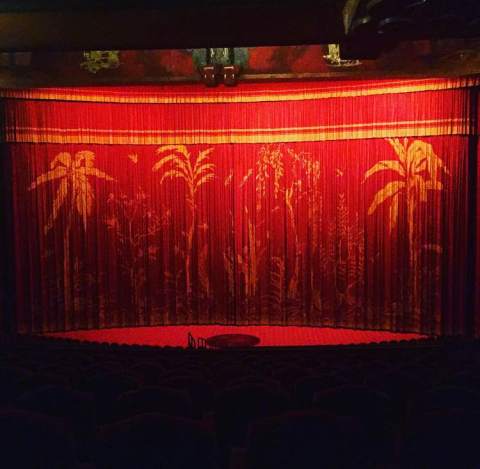
Grauman’s has recently undergone a few renovations, including the construction of the largest IMAX theater in the world, pictured above. Before it was an IMAX theater, this room was where all Hollywood premieres took place. It was also where the closing scene of Singin’ in the Rain was filmed.
After beholding the splendor of the stage, turn around and look up top, to a series of four boxes. When premieres were held, this was where the A list would sit and watch in comfort and privacy. Nowadays, the boxes aren’t utilized as much anymore, but it’s great to see that they are still well-preserved.
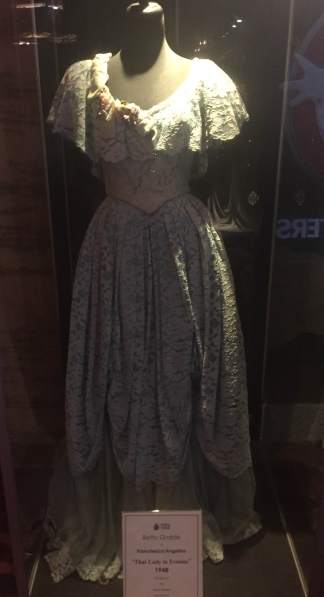
And now for the best part:the costumes on display in the lobby! Here is a dress worn by Betty Grable in the 1948 film That Lady In Ermine. According to our tour guide, Grable was desperate to prove herself as a serious actress who was more than just her legs. Grable did not expose her legs once in the film. The result? The film was a total flop at the box office.
Up next was the feather dress worn by Marlene Dietrich in the 1932 film Shanghai Express. The amazing costumes in this film were designed by Travis Banton. By the way, apologies for the bad quality of these costume photos. As I said earlier, the lighting throughout the theatre is very dim!
Imagine our surprise as we laid eyes upon the iconic black strapless gown worn by Rita Hayworth in Gilda! The gown was designed by Jean Louis and showed audiences that a woman in a simple black satin sheath can be a powerfully sexy, dangerous figure. The character of Gilda is now considered the ideal femme fatale.
Next was this stunning pink beaded number that was custom-made for Grace Kelly. According to our tour guide, she wore this to a movie premiere. I am gutted that I cannot find any information on the year or the designer of this gorgeous dress. Check out the beading and the fringe!
Do I even have to explain this costume? We also saw the gingham dress worn by Judy Garland in The Wizard of Oz. We were in awe!
And now for the piece de resistance…the legendary green curtain dress worn by Vivien Leigh in Gone with the Wind. This is as amazing as they come! As you probably already know, the costumes in GWTW were designed by Walter Plunkett. Yes, we almost peed ourselves when we saw this. And yes, Vivien Leigh was actually the size of a modern-day 10 year old.
After a great time exploring Grauman’s, we then decided to stroll along the Walk of Fame. Los Angeles is probably the only city that has truly maximized its use of the ground, and as always, we spent a lot of time staring at the ground, taking pictures of the ground, taking pictures with the ground, sitting on the ground, and touching the ground that literally millions of other people have touched. This time around, we were hell-bent on finding Clark Gable’s star, which was somewhere along Vine Street. On my first trip several years ago, my father insisted that Clark’s star was “frisbeed to the middle of nowhere” and we gave up trying to find it. This time, we were not going to quit.
Of course, we came across many Hollywood heavyweights along the way:
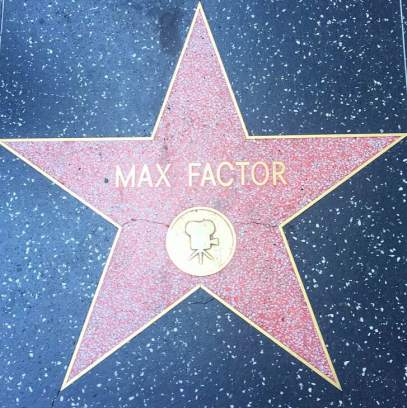
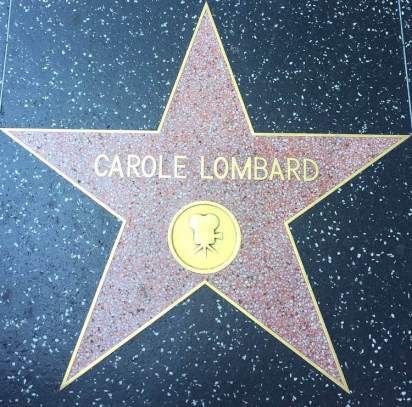


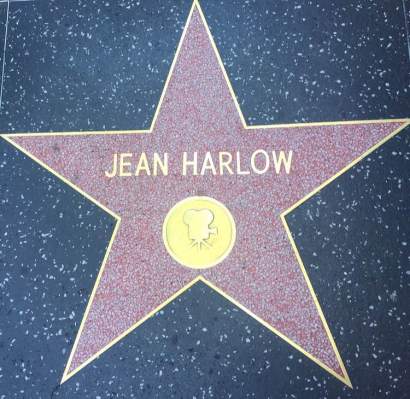
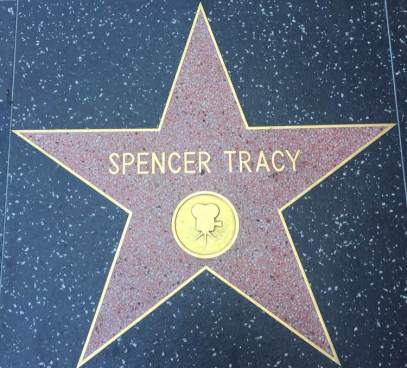
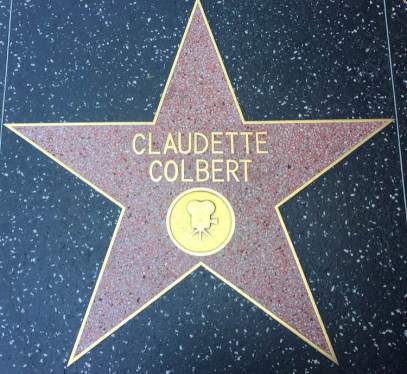

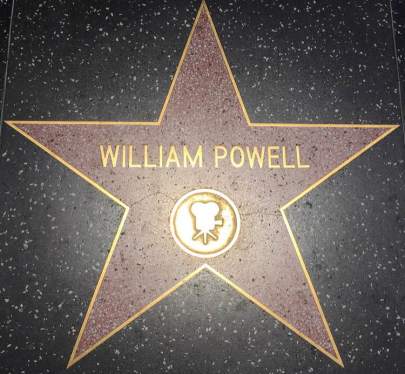

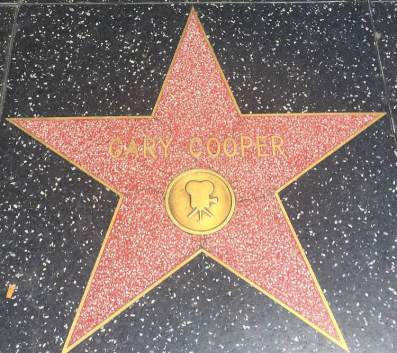
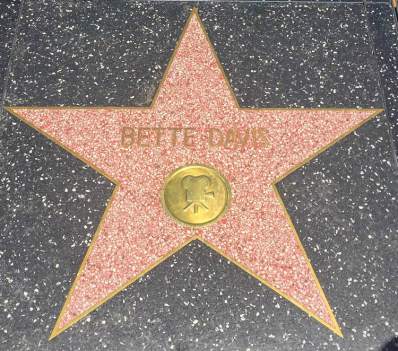
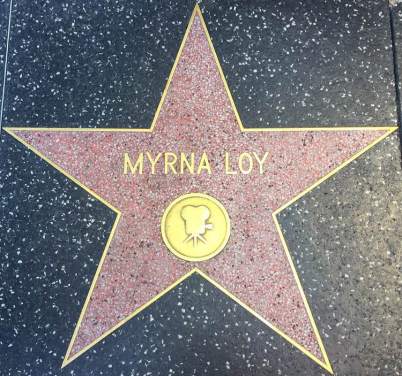
We also passed by some Hollywood landmarks:
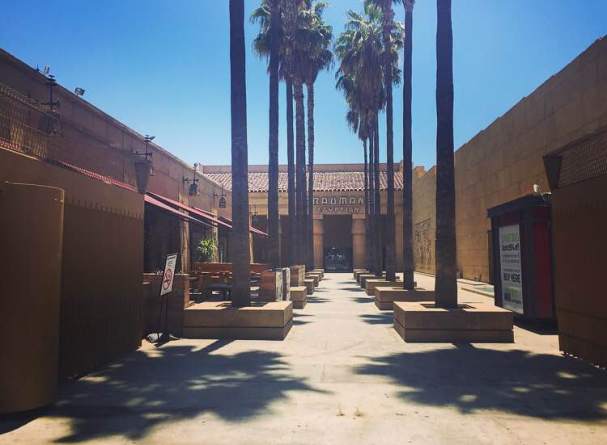
Here’s the forecourt of the Egyptian Theater. It is now used as the screening room for the American Cinematheque, which is devoted to showing classics and indie films. The theater is open only during screenings, and tours are only once a month. Unfortunately, the tour did not fall during the week we were visiting.
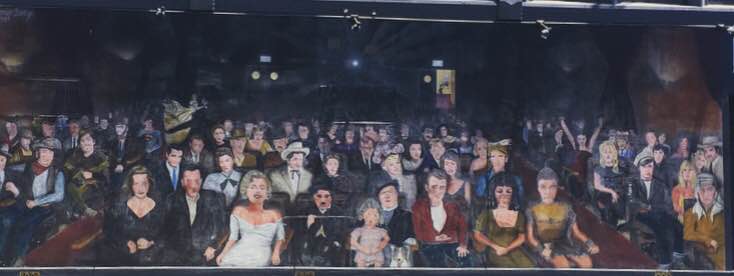
On our way to Vine Street, we stumbled upon the famous “You Are The Star” mural, located on the southeast corner of Hollywood Boulevard and Wilcox Avenue. In my opinion, this isn’t the most well-executed mural out there in terms of the likenesses. But it’s fun because it depicts a role-reversal. You are in the screen, and the stars are watching you!
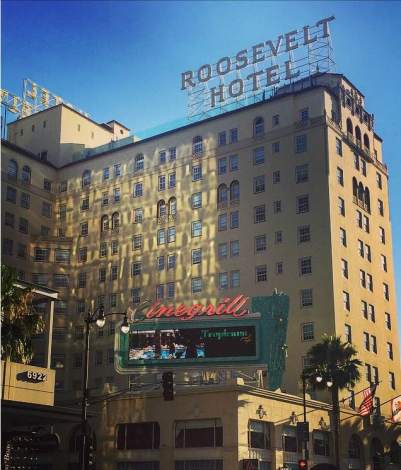
And of course, we can’t forget this legendary place! The Roosevelt is located right across the street from the Chinese Theatre, and it’s always worth it to walk inside and spend some time in its Spanish Renaissance-style lobby. The stories about this hotel are endless….and it also happens to be very, very haunted.
Call me a downer, but I found the Hollywood Walk of Fame a bit disappointing. The attraction lacks the personal touch and the quirks you find in the hand and footprints at the Chinese Theatre. If you see one star, you’ve seen them all. There’s also no denying that Hollywood Boulevard is a seedy, run-down area plagued by homelessness and crawling with street performers and people in cheap costumes desperate to make a quick buck. It’s a far cry from its former glamour, and it is now a place that celebrities avoid, except during Oscars night. There is something extremely disheartening to see Spencer Tracy’s star in front of a darkened sex shop, or Ingrid Bergman’s star smeared with some mysterious brown sludge. There are whole chunks broken out of Errol Flynn’s star. There is no respect and no upkeep, which is shocking for an attraction that draws in 10 million visitors per year.
However, we did succeed in one respect:
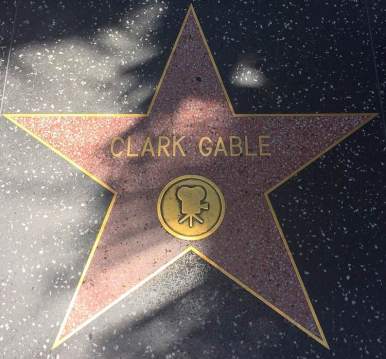
We finally found Clark’s star! It was a long walk and it was under a tree and he kinda was frisbeed in the middle of nowhere, but nothing beats the feeling of seeing your favorite star…literally!
Until next time!














































































